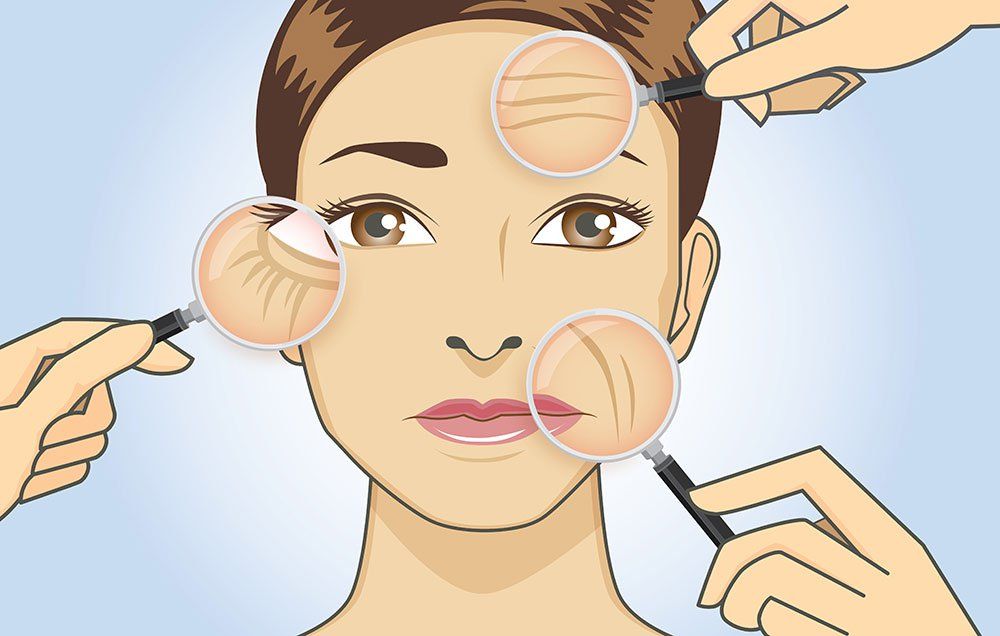Navigating Skin Cancer Cells Therapy: The Crucial Role of Mohs in Modern Dermatology Practices
Skin cancer, a difficult medical diagnosis, commonly leaves individuals grappling with countless therapy options. As we explore the intricacies of this treatment, one will certainly appreciate its crucial role in skin cancer therapy.
Comprehending Skin Cancer: Kinds and Threats
There are three primary types of skin cancer cells: Basic cell cancer, Squamous cell cancer, and Cancer malignancy. It accounts for only about 1% of skin cancer instances but triggers the vast bulk of skin cancer cells fatalities. Threat variables include reasonable skin, history of sunburn, too much sun exposure, living at high elevations or shut to the equator, having numerous moles, a family members history of skin cancer cells, and compromised immune system.
What Is Mohs Surgery and How It's Changing Skin Cancer Cells Therapy
Despite the numerous therapies currently offered for skin cancer, Mohs surgical treatment stands out as a groundbreaking and highly reliable service. Named after Frederic E. Mohs, the doctor that developed the treatment, Mohs surgery is a specific medical method made use of to treat skin cancer. This level of precision, combined with the ability to save as much healthy tissue as possible, is transforming skin cancer cells treatment.
The Benefits of Mohs Surgical Treatment Over Conventional Skin Cancer Therapies
Structure on the cutting-edge nature of Mohs surgical procedure, it's vital to consider its numerous benefits over conventional skin cancer therapies. Unlike typical procedures, Mohs supplies a greater remedy price, typically getting to 99% for novice therapies and 94% for recurring cancers cells. Additionally, it lessens damages to healthy and balanced skin, leading to less scarring and improved aesthetic results.
The Procedure of Mohs Surgical Procedure: What to Anticipate Throughout the Process

Potential Side Results and Post-Operative Care of Mohs Surgery
Going through Mohs surgical procedure, like any kind of various other medical treatment, entails potential side effects that individuals need to be aware of. Common side results consist of pain, bruising, and swelling at the surgical procedure website. In some instances, extra therapies may be essential to make certain complete removal of the cancerous cells.
Final thought
